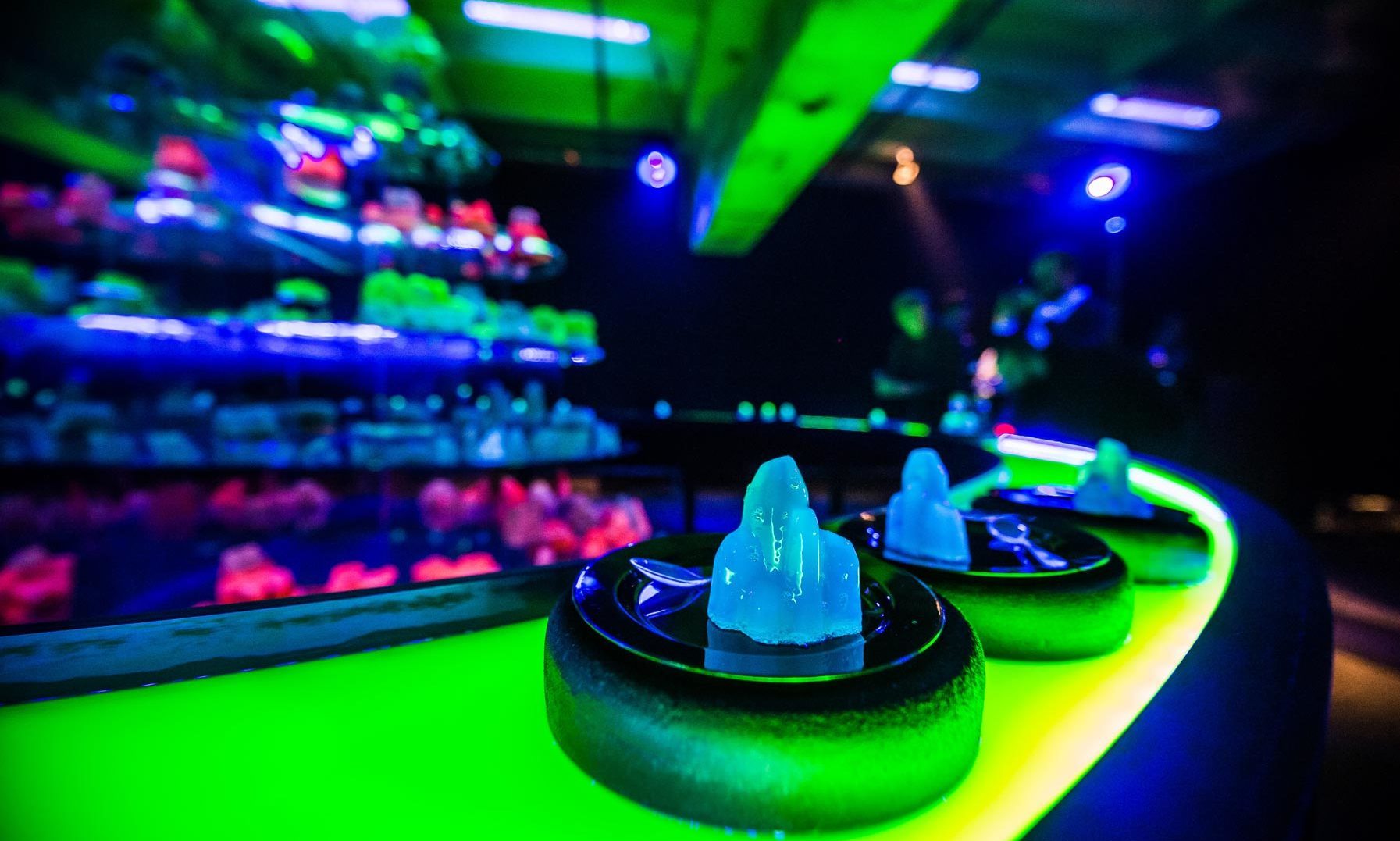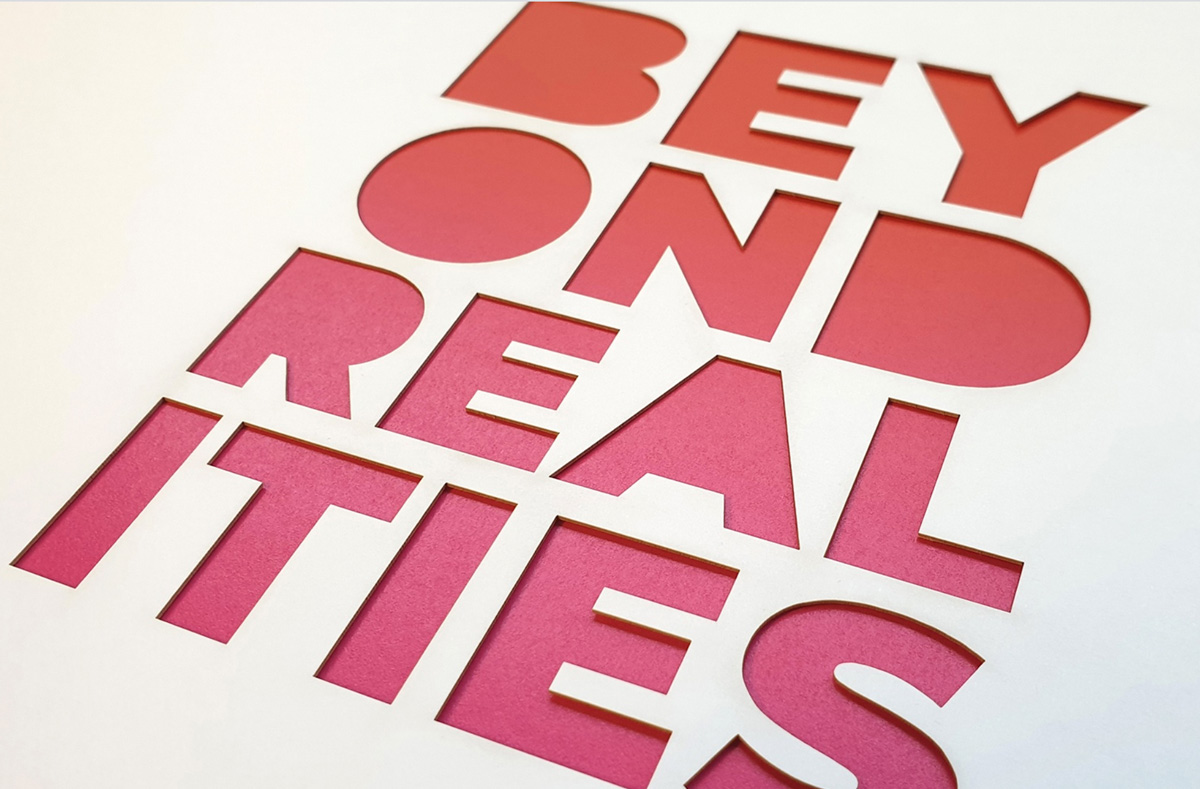HOW TO IMMERSE AN AUDIENCE – PART 2: RULES & TOOLS
In the first installment of our series, we looked at the basics of Immersive Experiences and the game-changer in our conceptual work. Our learnings result in a set of important tools, which we will address in this part. To us, they are the cornerstone of a successful Immersive Experience.
Our tools
- Audience Engagement: The participants can immediately influence their surroundings and the flow of the event. Their decisions count!
- Gamification: The guests are rewarded for their participation. It might be a healthy competition between different teams or the hunt for bonus points that can later be exchanged for VIP experiences. Gamification turns challenges into pleasurable entertainment.
- Sensuality: Unforgettable experiences involve all senses. Interactive, virtual landscapes, exquisite culinary offerings, 3D soundscapes, and augmented reality are some, but not all of the tools for that. The more senses are activated during the experience, the more sustainable and individual the experience itself will become.

- Spacial Design: An appealing, surprising interior design opens a door into a different world. The guests do not forget that they are on a journey. They are constantly motivated to take the next step.
- Tech and Data: Portable devices such as interactive bracelets or apps combined with tracking tools are constantly expanding the possibilities. Through these devices, participants interact with their surroundings in a new and innovative way. This increases motivation immensely. They collect and redeem points, track their own progress, and exchange profiles with fellow guests. Producers are enabled to navigate their guests throughout the experience in a more controlled way. Above all, they learn more about their audience’s behavior. This analysis is the basis for further development of future activations.
- Emotional bond: Simply being able to stand in the spotlight creates a much deeper connection to the event or product. If – in addition to that – the event can connect to the participants emotionally, the immersion will be perfect. They not only decide they empathize – and this, in turn, increases the desire to participate.

How to choose the right tools
A finely tuned combination of interactivity, rewards, and voluntariness creates individual experiences that you want to share and to talk about. Of course, not all tools can or will be applied the same way. This would mean to just apply a once successful concept to different occasions. That leads to inconsistencies that the participants quickly notice and disrupt or even destroy immersion.
Therefore, an immersive experience must always be developed individually for each production. This requires a detailed analysis of potential participants, which will then allow for the right tools to be chosen. The audience of a theater or musical production – that is used to watch – has to be approached differently than the VIPs of an influencer event, who are experienced in being in the spotlight. A community project has other needs than a concert-show. Product launch has different objectives than a tourist activation and so on.
What’s next?
The third and last installment of this series will focus on the importance of augmented reality and virtual reality for immersive experiences.
Beyond Realities
This text is the translated extract of an essay from the study BEYOND REALITIES, published by Phocus Brand Contact and conceived in cooperation with FAMAD e.V. for this year’s BrandEx Festival. You can download the full version of the German study here.
We would like to thank Phocus Brand Context and Frank Sonder for trusting in our expertise.



